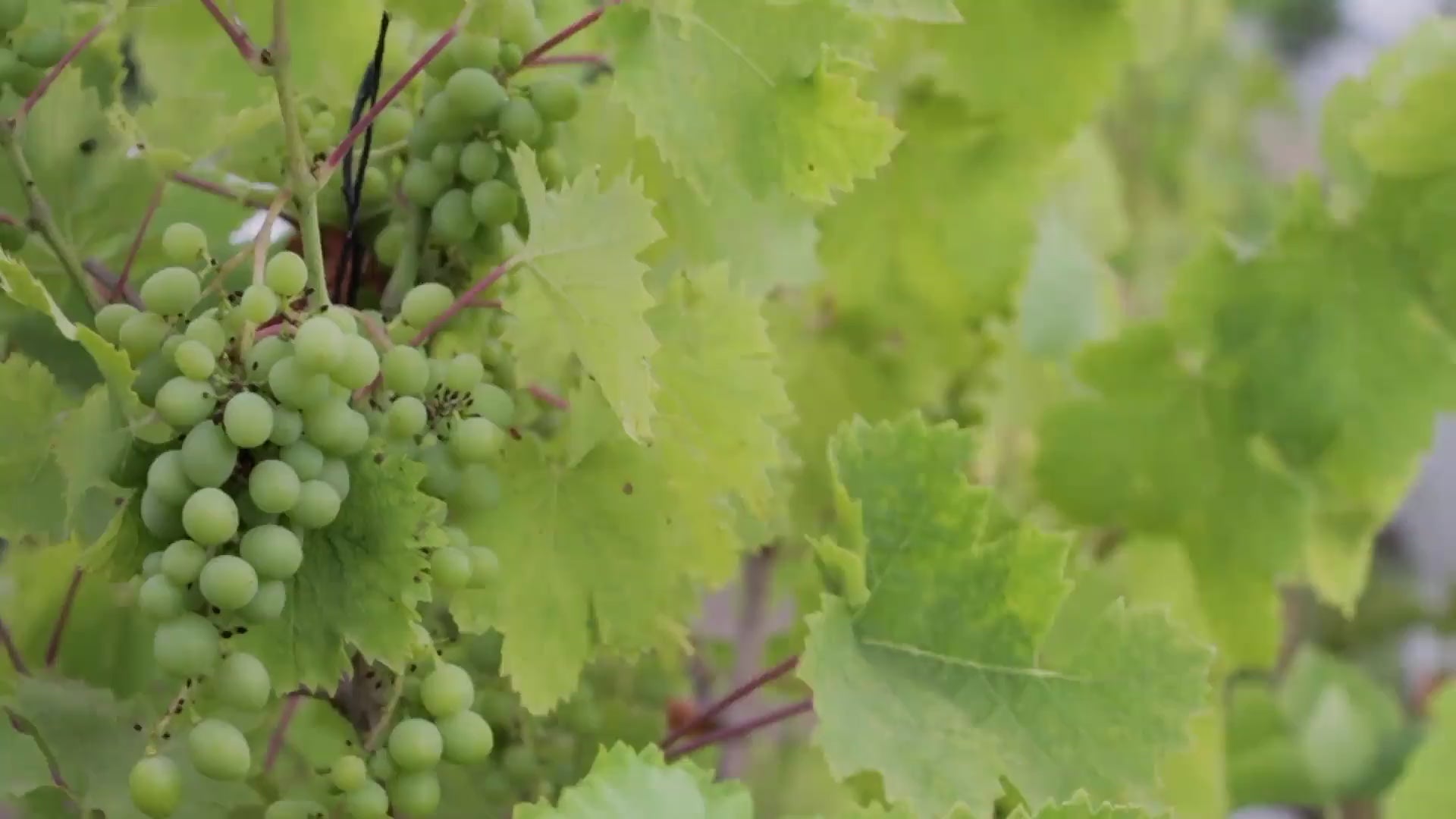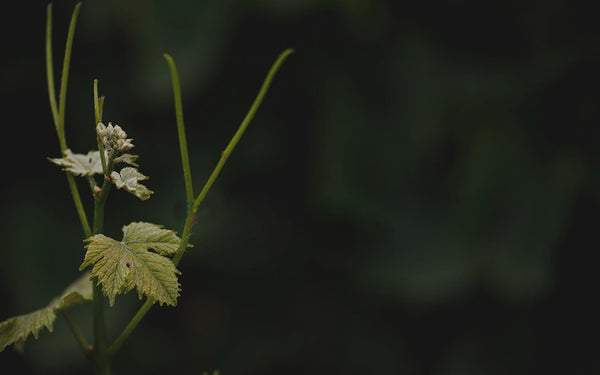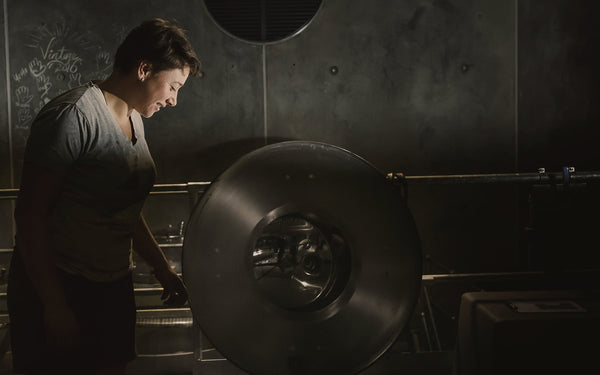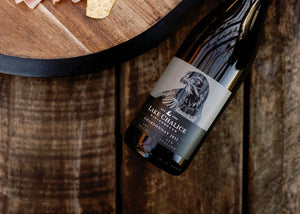

Who makes a wine?
Even our winemakers would agree it's not them.
It's the land, the climate and the seasons that are the master of any wine.
It's as much luck as it is skill. Lake Chalice is blessed with both.

Our Story
Lake Chalice Wines is one of the few remaining privately and locally owned wine companies in New Zealand. Proudly owned by the Ibbotson family and located in the country’s premier wine-growing region, Marlborough, the winery prides itself in exceptional quality from grape to glass.

Growing Wine
To ensure the diverse microclimates and terroir of the Wairau Valley are translated into all of our wines, winemaker Chloe Gabrielsen takes a boutique approach.

Working With
Look for the Lake Chalice Wines' distinctive mark of excellence on all of our labels - the endemic New Zealand Falcon or "Kārearea" are proud supporters of the Marlborough Falcon Conservation Trust.



